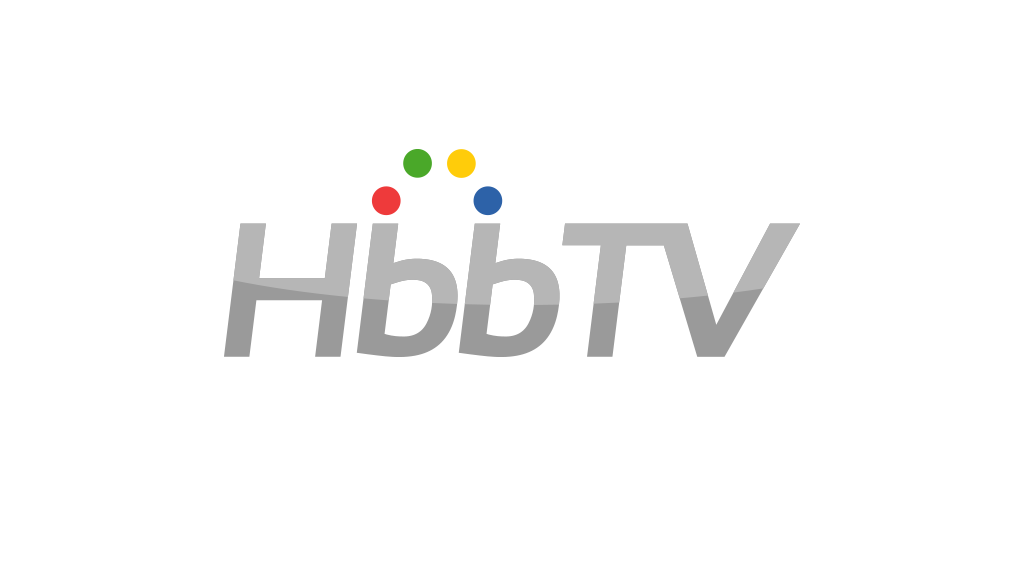There are now over 100 million households in Europe with at least one television set that supports the HbbTV standard for hybrid broadcast broadband television. That is likely to reach 108 million by the end of 2025 and over 120 million in 2026. That means that over half of all homes in Europe will support HbbTV.
The figures come from market research company Dataxis. They cover Europe, excluding Russia and Turkey.
“Reaching 100 million homes with HbbTV-compliant TV sets in Europe is a testament to the strength and relevance of the open HbbTV standard,” said Vincent Grivet, Chair of the HbbTV Association.
“This achievement underscores the entire industry’s commitment to delivering innovative TV services to consumers in a harmonised manner. The mature, stable and proven standard offers broadcasters, advertisers and technology providers new opportunities in the connected TV ecosystem. We look forward to seeing further growth and adoption.”

The number of homes in Europe with an HbbTV television has risen rapidly in recent years and the trend is expected to continue, as the standard is supported by all major television manufacturers.
In 2020, there were 60 million HbbTV households in Europe, or just over a quarter of total households. By 2024, that had risen to 97 million, or just over 4 out of ten households. In 2025, over 45% of households are expected to have an HbbTV set, and that is projected to reach over 50% in 2026.
HbbTV essentially combines television and video services with a well-defined web browser environment that uses HTML, CSS, and JavaScript. It can enable interactive applications and richer viewing experiences. It can also support service discovery, addressable advertising and audience measurement.
